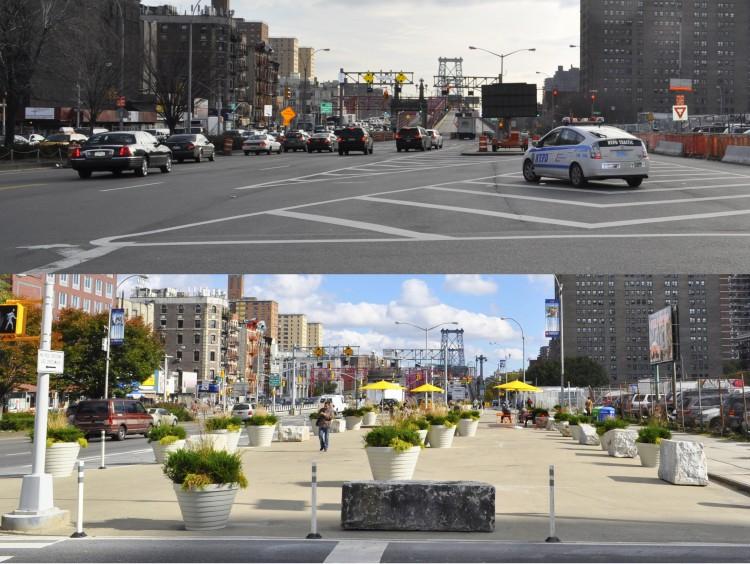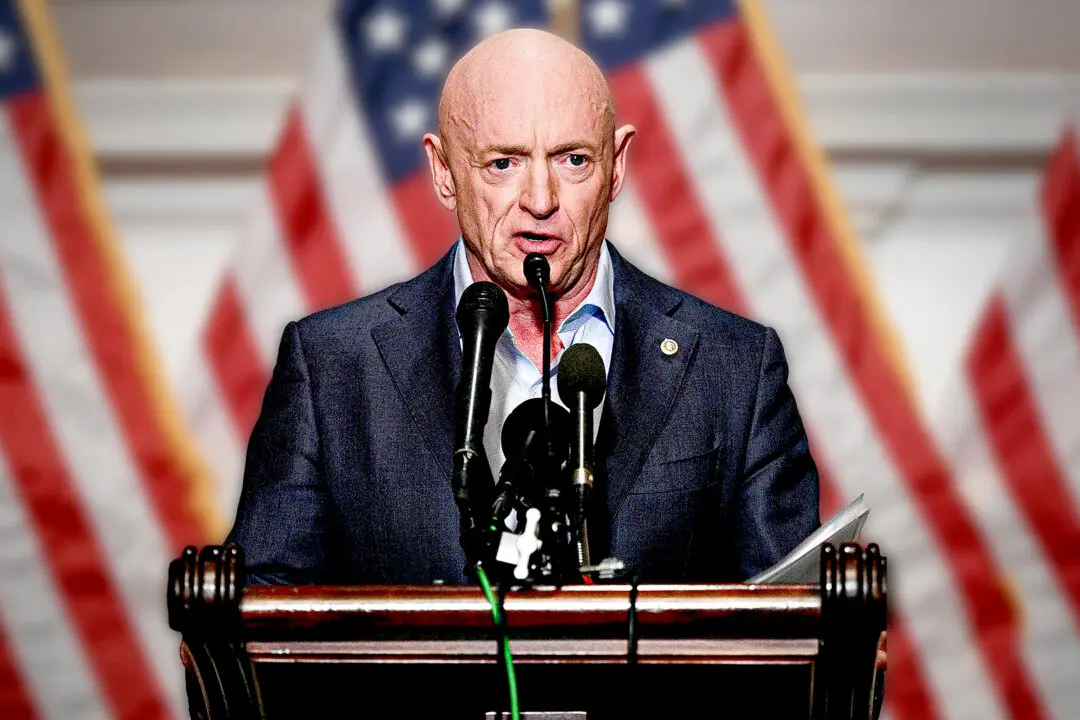NEW YORK—Decisions made by the Department of Transportation (DOT) have the potential to cause division in a neighborhood, even on a single block.
Some of the more difficult decisions involve bike lanes, bike corrals (sets of bike racks replacing parking spaces), wide pedestrian plazas, and slow zones with new speed limits of 20 miles per hour.
The changes DOT implements under Commissioner Janette Sadik-Khan’s leadership impact people’s lives, so naturally the agency attracts criticism from time to time.
Recently, many mayoral candidates have been keen to say that, if elected, they would rethink the DOT’s priorities.
For instance, several candidates would look at removing bike lanes that are not agreeable to the community. One candidate notably favors removing all bike lanes.
The various proposals frequently hinge on the argument that communities across the city are not involved enough in the decision-making process. The Epoch Times spoke to a number of community board representatives to learn what they think about community involvement.
The DOT did not respond to requests for an interview with Sadik-Khan.
Susan Stetzer, district manager for Manhattan Community Board 3, said she thinks Mayor Michael Bloomberg has made great improvement in community involvement for community boards. “It’s night and day from his predecessor—and I think it’s really important to acknowledge that,” she said, adding she hoped the next mayor would build on the increased level of consultation.







